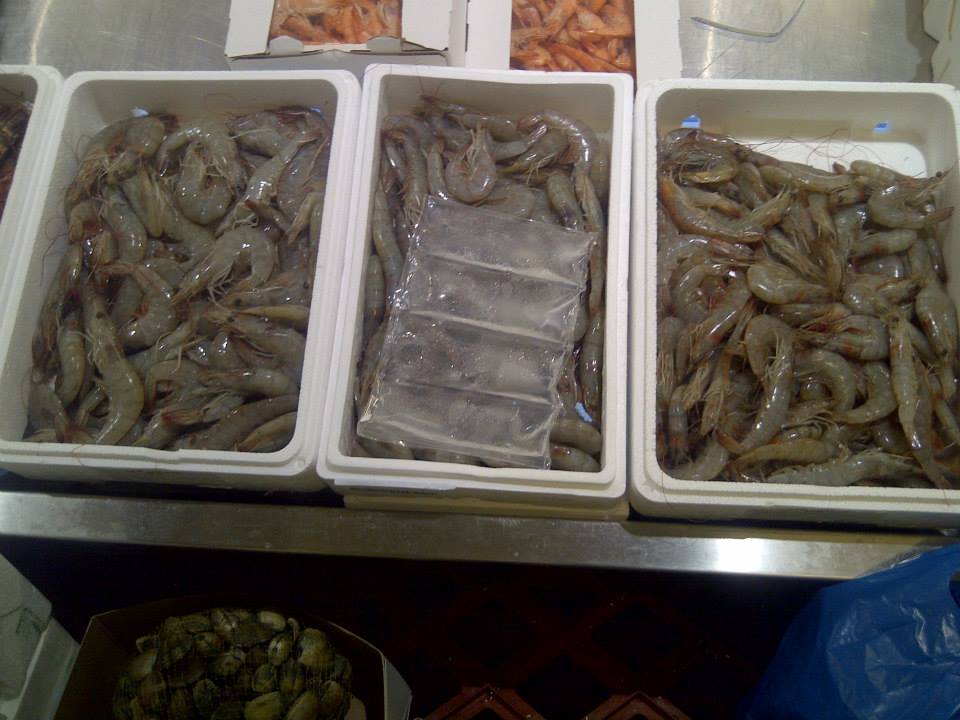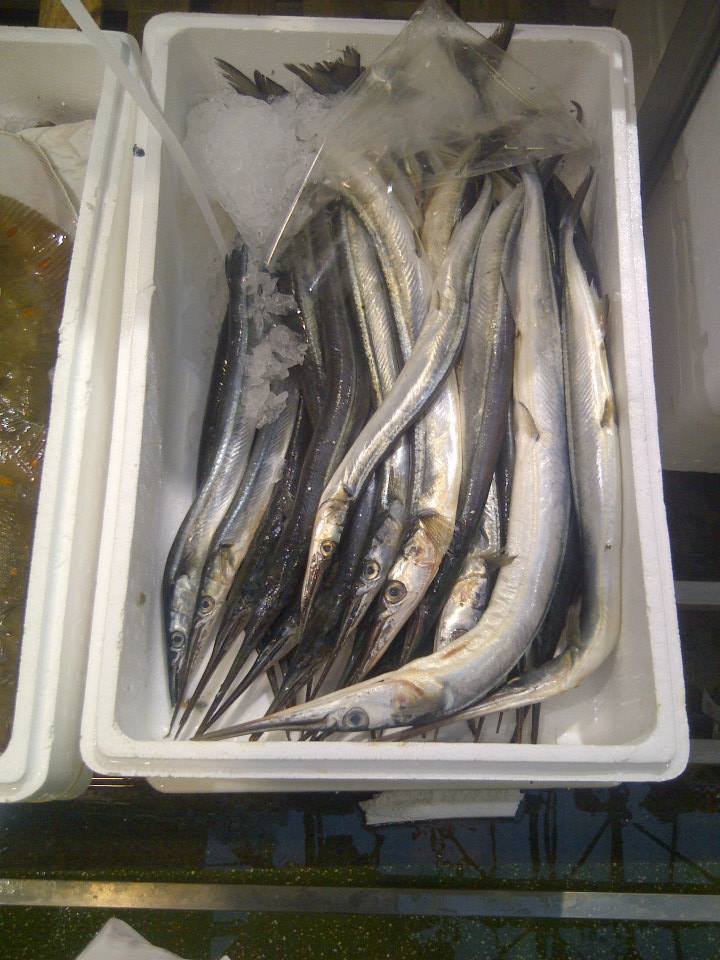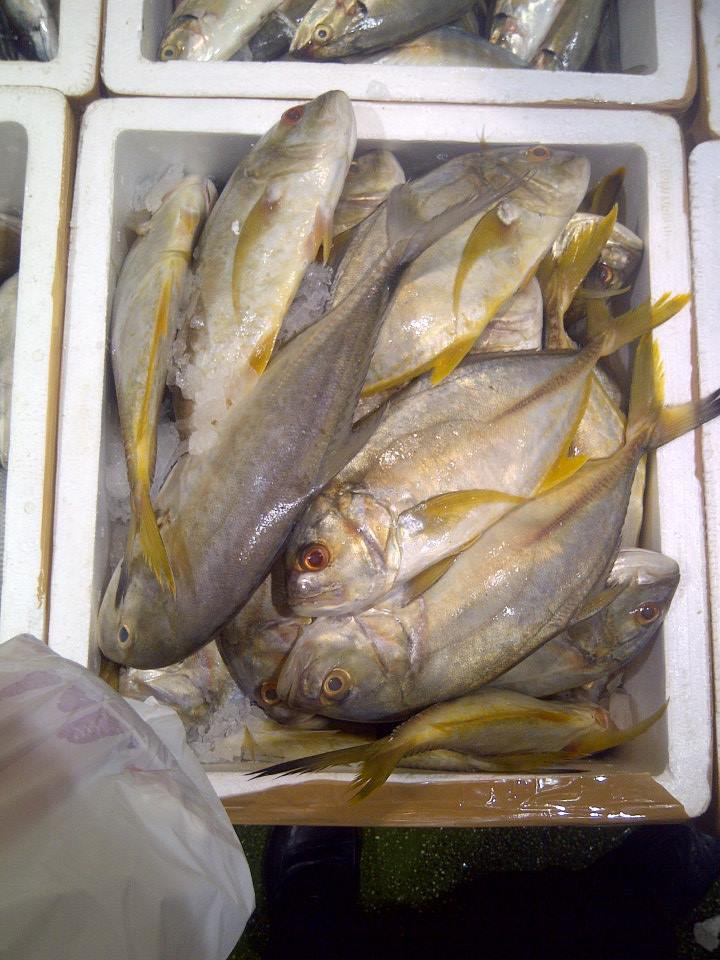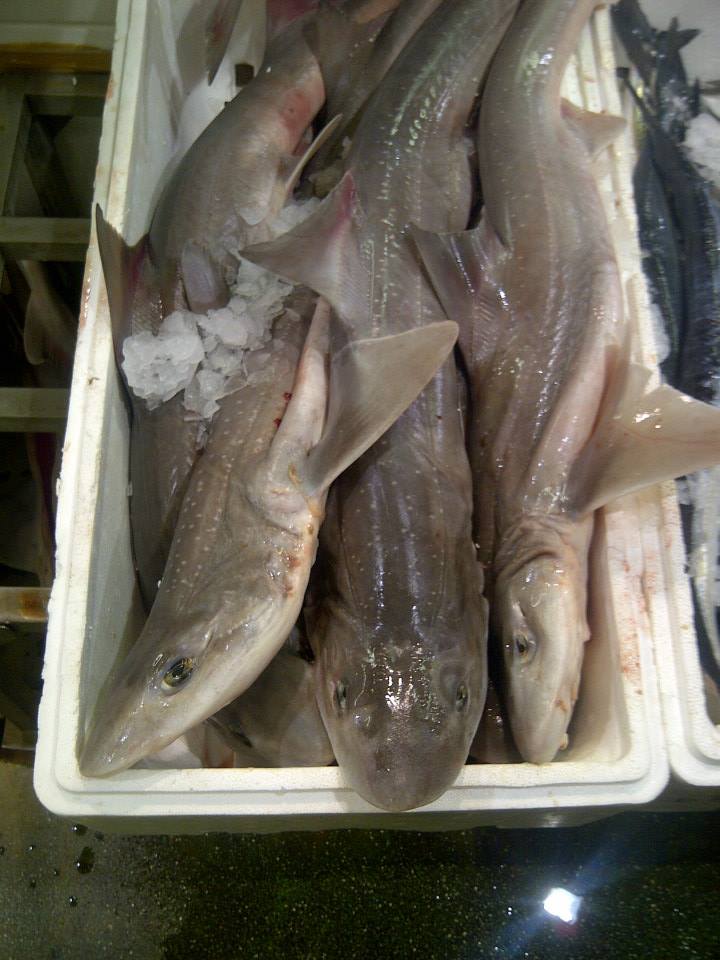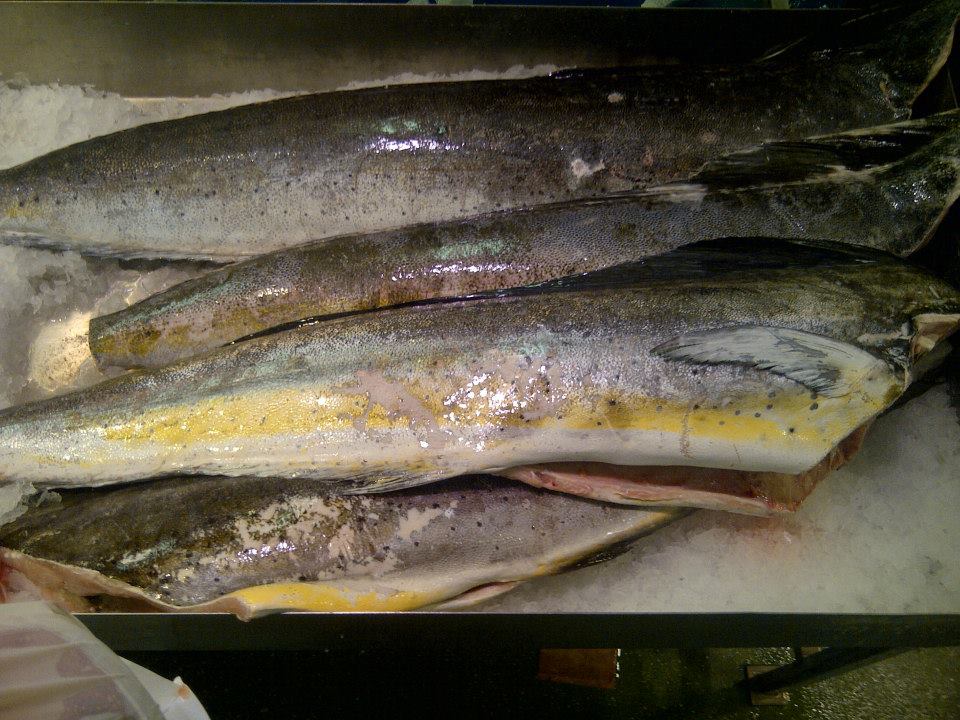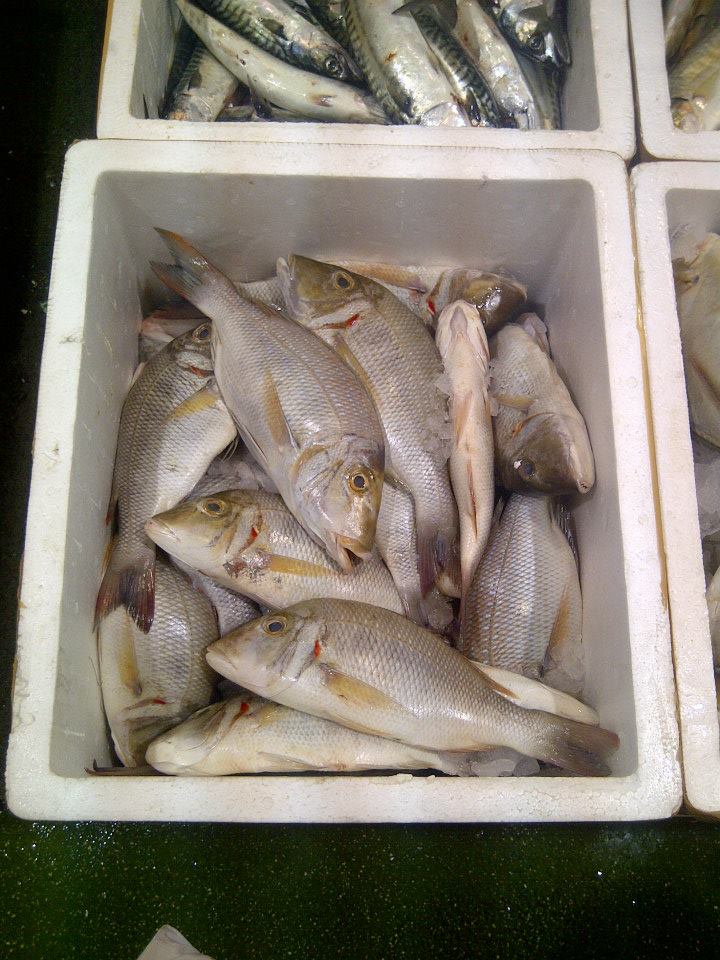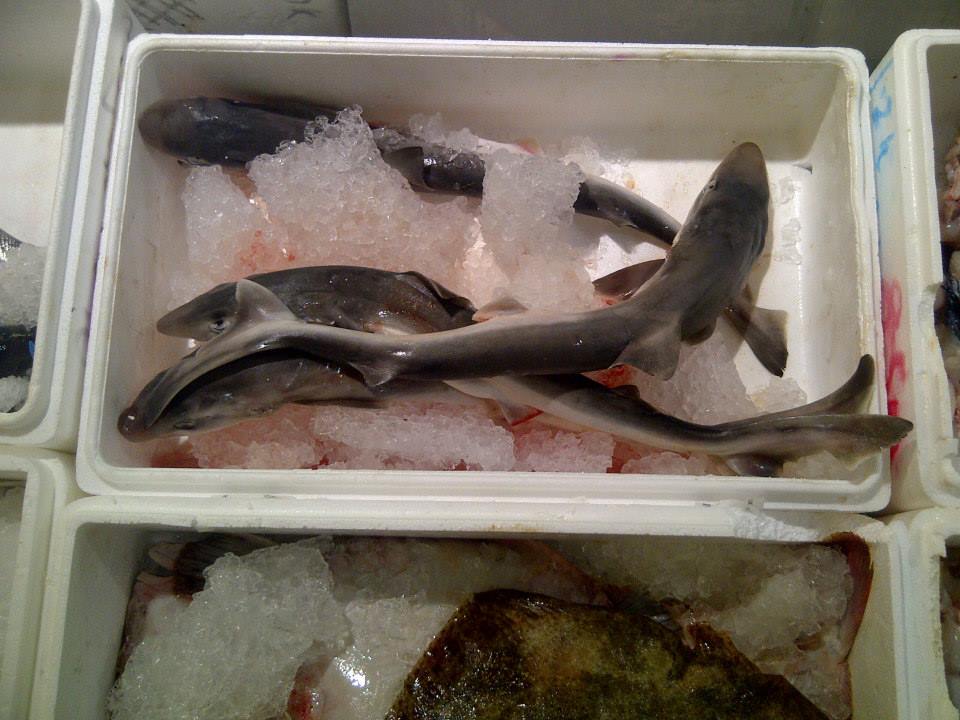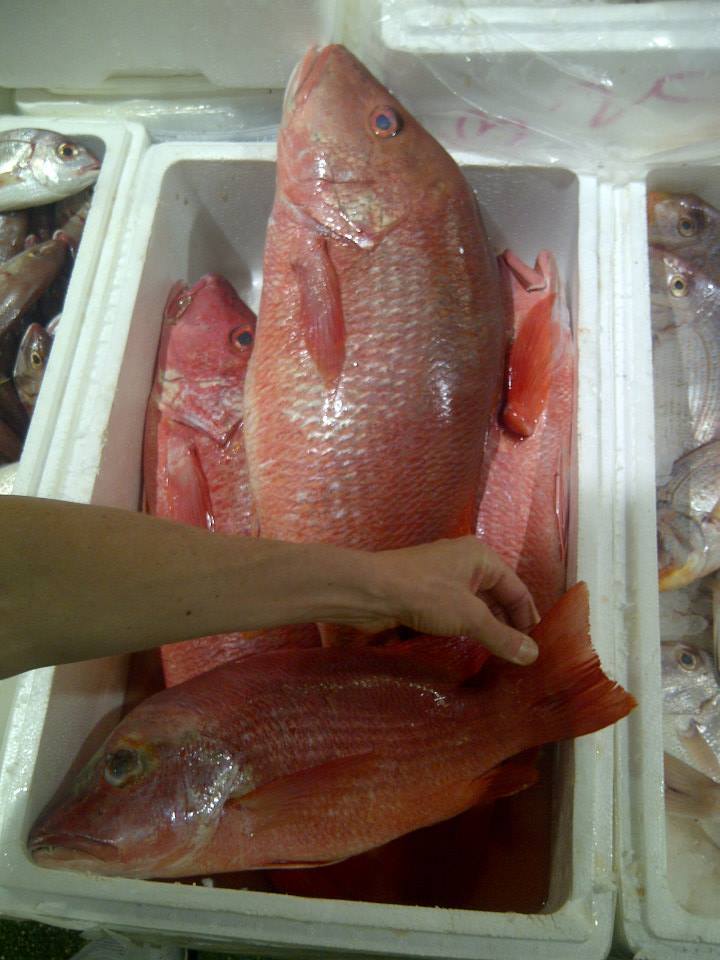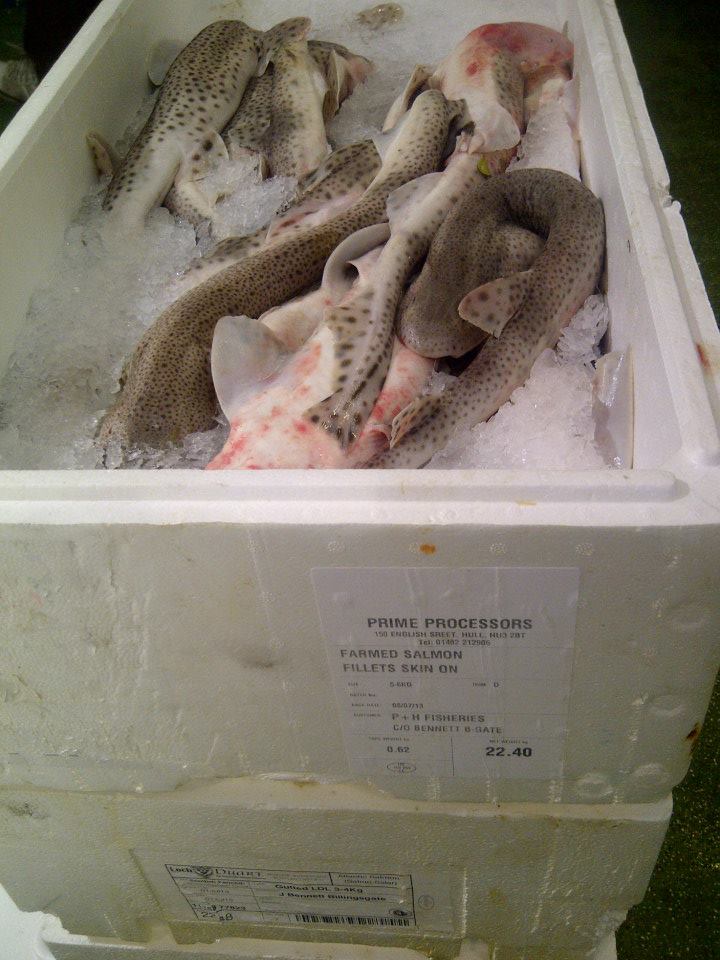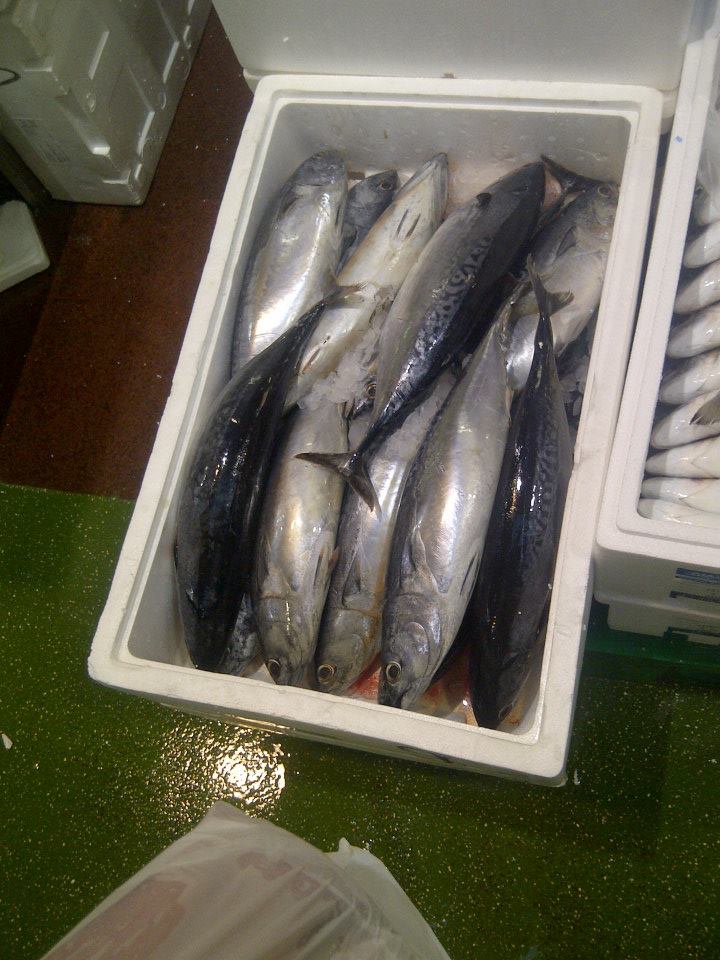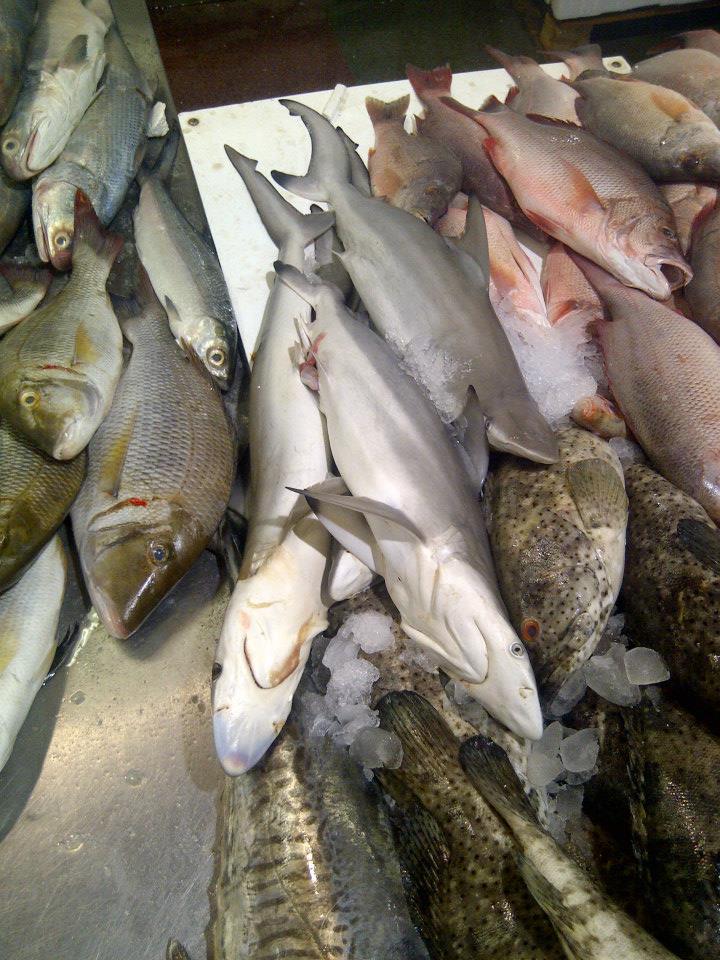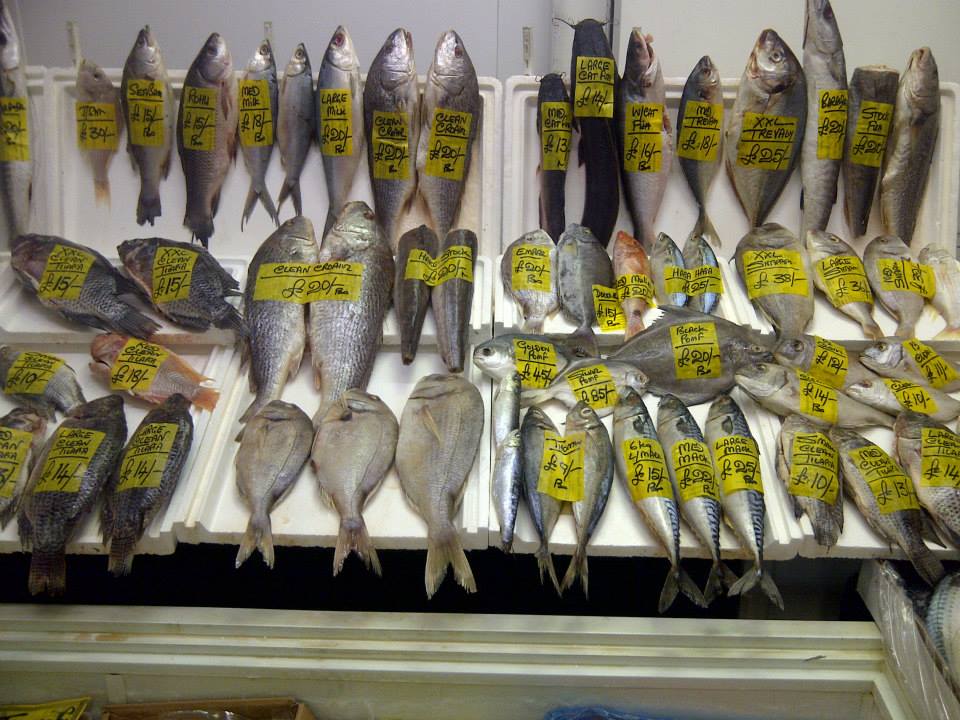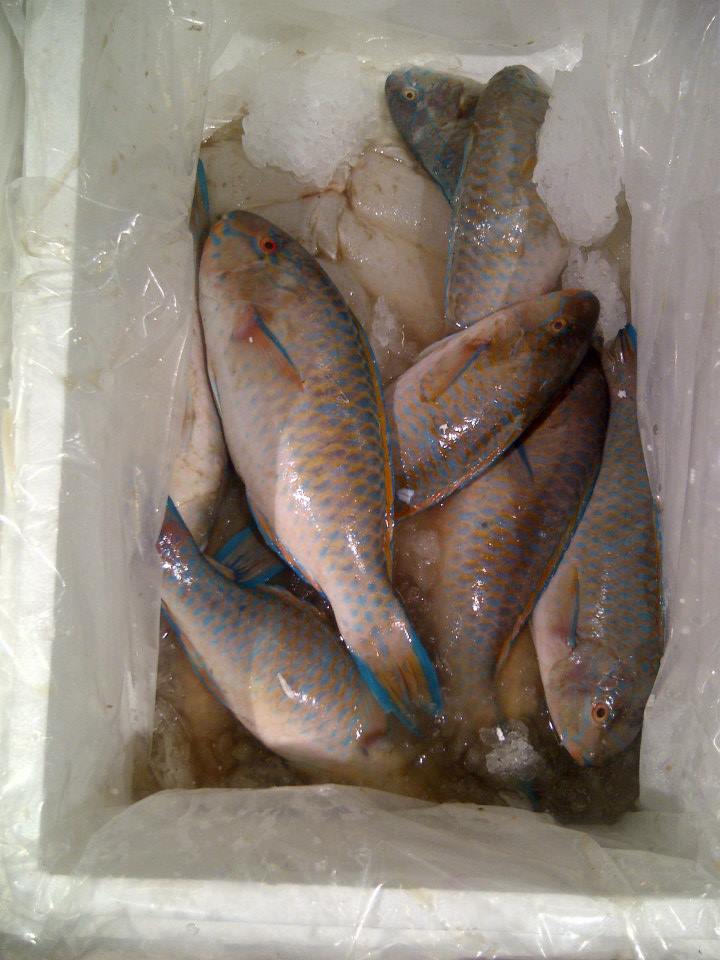Dark Stream: The Transatlantic migration of Deepwater Horizon effluents in popular British seafood
Commissioned by Arts Catalyst (England)
Project description:
The 2010 Deepwater Horizon oil spill was the largest environmental catastrophe in North American history, however the long-term impacts and potential geographic range of contamination has not been well explored outside the Gulf of Mexico. In this project the potential transatlantic biological transportation of Deepwater Horizon (DWH) oil spill effluents to England via popular British seafood choices will be examined. Here through a participatory biology and ecological art project we will analyze tissue samples from select Gulf fishes, crustaceans and shellfish from London seafood markets, sushi restaurants and chips for levels of signature DWH contaminates (e.g. unique carbon isotope “fingerprints”). Investigating such contaminates will be conducted through eco-toxicological screening methods for soluble petrochemicals, polycyclic aromatic hydrocarbons (PAHs), and others. As such DWH contaminated specimens may enter London culinary venues from local catches via natural migration (e.g. the Gulf Stream, migratory and irruptive) or be transported directly from the Gulf (nonmigratory) based on Gourmet demand. Likewise, the potential health impacts for British consumers eating such Gulf species has not previously been explored.
Background to research:
The 2010 Deep Water Horizon Oil Spill was the largest environmental disaster in the history of the United States. Literally billions of marine organisms were impacted. Although the eco-toxicological impacts of the spill has left the media headlines, Gulf species and ecosystems continue to show the effects of the catastrophe and the teratological dispersants BP used to “clean” the oil. Over the past two years, numerous cases of unusual lesions, missing eyes and other morphological abnormalities have been reported among popular seafood such as commercial fishes, shrimp and shellfish. These reports have been isolated to the Gulf region, however natural marine species migrations following the Gulf Stream, suggests such contaminates may be far more wide-spread than thought. As large-numbers of fishes and crustaceans utilize the warm Gulf as a nursery, young animals may be exposed to DWH byproducts. In addition alpha trophic species such as some sharks and tuna have likely bio-accumulated varied degrees of potentially harmful DWH residual products as they work their way up the food-chain. Likewise, species such as Gulf shrimp (Penaeus species) and groupers (subfamily Epinephelinae) are commonly exported to England and mainland Europe, potentially spreading DWH pollutants across the Atlantic into the homes of countless consumers. None of these potential questions have been well-explored scientifically, and no experiments confirming nor negating DWH effluents in seafood have been conducted in Europe yet.
In 2012 Ballengée with Dubansky and Rudloe, examined and compared 688 Grass or “Popcorn” shrimp (Palaemonetes species) collected in the fall of 2012 from sites in Louisiana that were heavily exposed to DWH effluents compared to those sampled from sites in Florida with minimal exposure. All shrimps were analyzed for obvious developmental abnormalities. The results showed that in comparison, Shrimps sampled from Florida sites with limited exposure to DWH pollutants had far fewer abnormalities (7.6% overall) compared with those collected at sites with direct exposure, which in some cases was as high as 79.4% and over ten-fold increase. Some abnormalities in the Louisiana populations were severe and included one individual, which appears to have developed ectopic limbs growing from the middle abdomen. Seafood species such as Palaemonetes are not sedimentary, instead they migrate for large-distances following the Gulf Stream currents and irruptive behaviors. Further research is importantly needed to better understand the impact of such high levels of deformities among wildlife populations, how wide-spread DWH contaminated seafood may travel and any potential impacts it could have of humans consuming such species.
Materials and methods:
Muscle and liver tissue samples will be harvested from marine species known to occupy the Gulf of Mexico at some point in their reproductive cycles. A central focus will be species that are commonly consumed in England such as larger predatory species such as Yellowfin tuna (Thunnus albacares), Atlantic swordfish (Xiphias gladius) and some sharks. Tissues from smaller intra-trophic species such as Groupers (subfamily Epinephelinae) and Atlantic mackerel (Scomber scombrus) will also be examined along with the Gulf shrimp (Penaeus species) and the shellfish, American oysters (Crassostrea virginica). Once collected muscle and liver tissues will be dried, ground, emulsified and screened for carbon isotope values through a the use of mass spectrometry to identify potential unique carbon isotope DWH signatures.
Here are images from a field trip to collect Gulf of Mexico specimens from Billingsgate Market, London in July 2013
